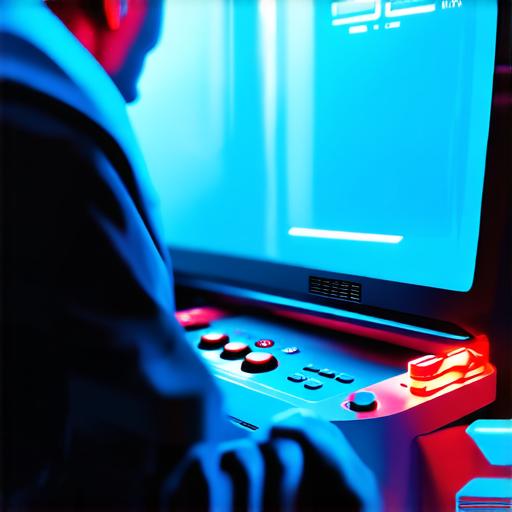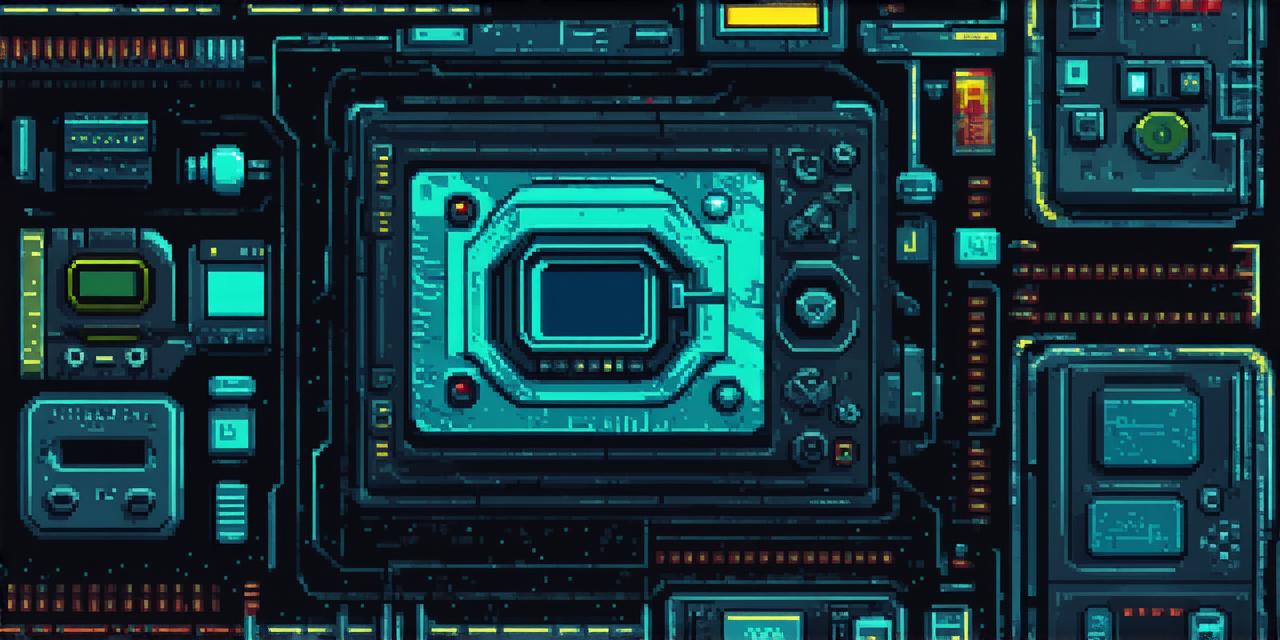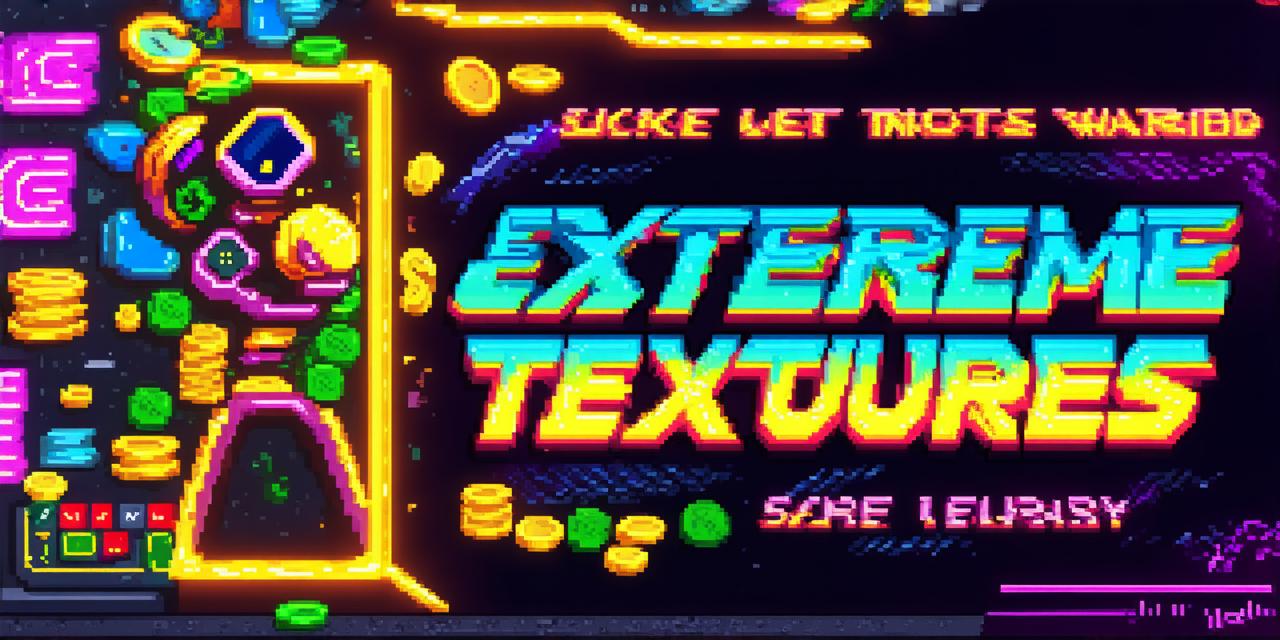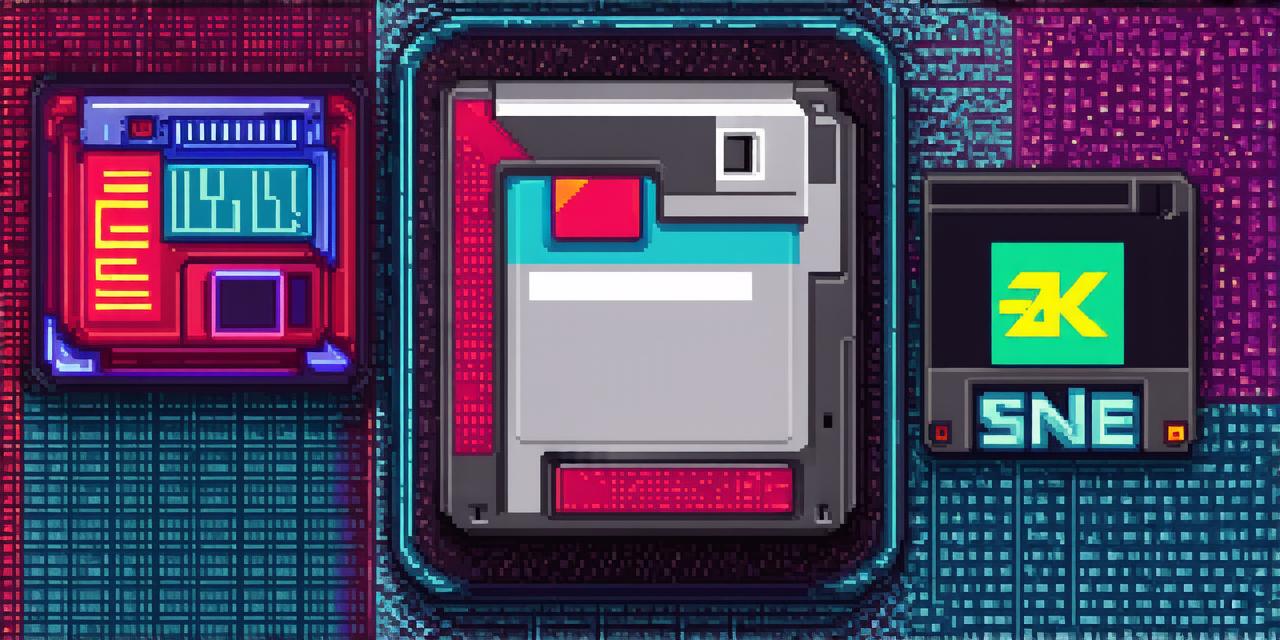If you are a video game developer looking to create your own console, you may be wondering where to begin. With the right knowledge and tools, it is possible to create a functional video game console that can run games with impressive graphics and smooth performance.
Hardware Components of a Video Game Console
The hardware components of a video game console can vary depending on the complexity of the design. However, there are some basic components that every console should have:
-
Processor: The processor is the brain of the console and is responsible for executing commands and performing calculations. Popular processors used in video game consoles include x86, ARM, and PowerPC.
-
Memory: Memory is used to store game data and instructions. Common types of memory used in video game consoles include RAM (Random Access Memory), ROM (Read-Only Memory), and flash memory.
-
Graphics Processing Unit (GPU): The GPU is responsible for rendering graphics and images. It is a dedicated chip that can perform complex calculations at a high speed, resulting in smooth and realistic graphics.
-
Input/Output (I/O) peripherals: I/O peripherals include controllers, keyboards, and other input devices used to control the console. They also include output devices such as displays and speakers.
-
Power Supply: The power supply converts AC power into DC power that can be used by the console’s components.
-
Cooling system: Consoles generate a lot of heat while operating, so they need a cooling system to prevent overheating. Common cooling systems include fans and liquid cooling.
Software Components of a Video Game Console
In addition to hardware components, video game consoles also require software to run games and perform other tasks. The software components of a console include:
-
Operating system: The operating system is the software that controls the console’s hardware and provides common services for applications. Examples of operating systems used in video game consoles include Windows, Linux, and FreeBSD.
-
Game development kit (GDK): The GDK provides developers with tools and libraries to create games for the console. It includes programming interfaces, debugging tools, and profiling tools.
-
Application software: This includes any other software that runs on the console, such as a web browser or media player.
Designing Your Own Video Game Console
Now that you have an understanding of the basic hardware and software components of a video game console, it’s time to start designing your own. Here are some key considerations to keep in mind:

-
Target audience: Determine who your target audience is and what kind of games they enjoy playing. This will help you design a console that meets their needs and preferences.
-
Hardware specifications: Based on your target audience, determine the hardware specifications required for your console. For example, if you are targeting high-end gamers, you may need more powerful components such as a faster processor and higher-resolution graphics.
-
Software development environment: Choose a software development environment that is suitable for your operating system and programming language. This will help you create games and applications more efficiently.
-
User interface: Design an intuitive user interface that is easy to use and navigate. This will help users enjoy their gaming experience without getting frustrated by complex menus or confusing controls.
-
Security: Ensure that your console has robust security features to prevent unauthorized access or tampering. This includes secure boot mechanisms, encryption of game data, and protection against malware.
-
Cost: Consider the cost of production and distribution when designing your console. Make sure that your target audience is willing to pay the required price for your console while still maintaining profitability.



